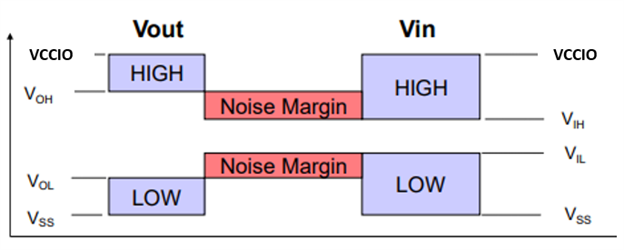Hello, my name is Francisco, engineer of the R+D+i Department of Rother Industries & Technology company. I would like to ask you what is the maximum current that each pins of the RM46L852 can provide. According to the datasheet, specifically the tables on pages 10-27, I can read that there are pins with pull mode and they can provide 20 uA or 100 uA. Could you verify me this information, please? I need this data because I am using external pull resistor in some pins since the default internal pull resistor of the pins in Reset State isn't valid for me.
This situation of using external pull resistors is an issue that a Texas Instrument support technician already solved for me and that the pull mode of the pins could not be configured during the reset stage, so I should use external resistors and when the microcontroller is in the initialized state then I could already configure the internal resistance.
He also told me that the pull-up/down resistor is a kind of current source of 20uA or 100uA. Therefore, I would like to kf the pins would always limit the current to the maximum value that can flow through it, that is, 20 uA or 100 uA. I need to be sure of this information to determine the power that the external resistors that I am going to use must have.
I attach the information about this topic that appears in the datasheet, please see the links below:


Best regard,
Francisco.


